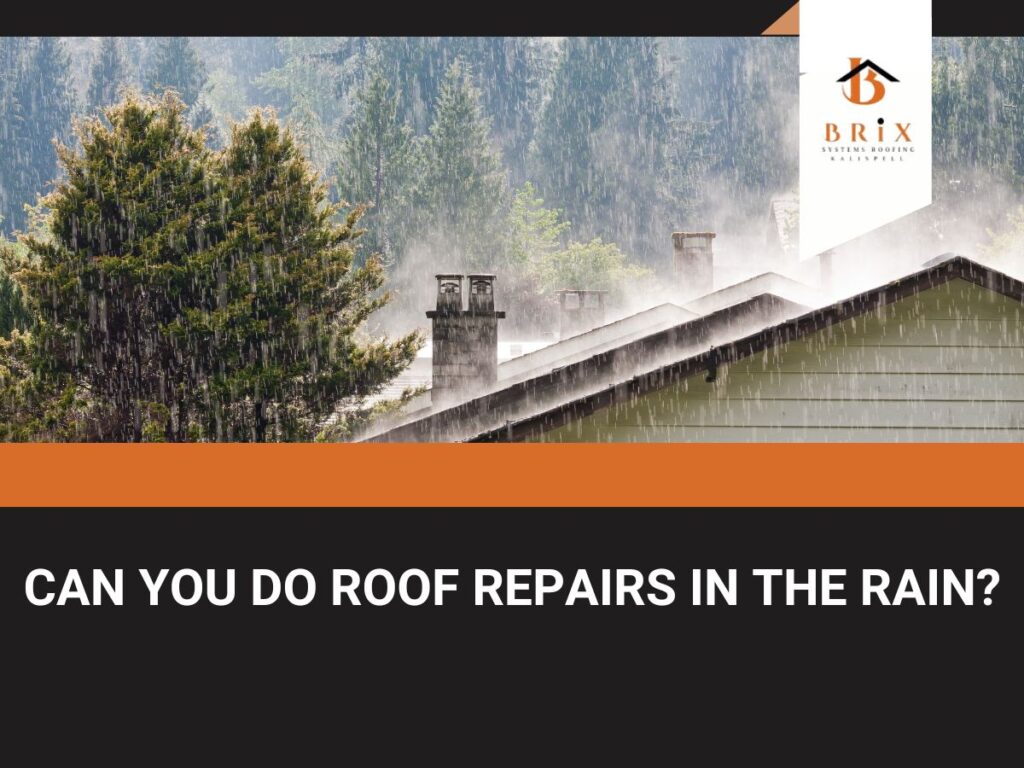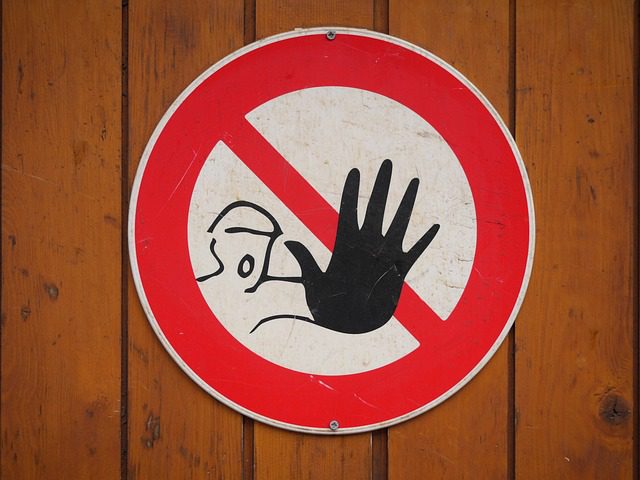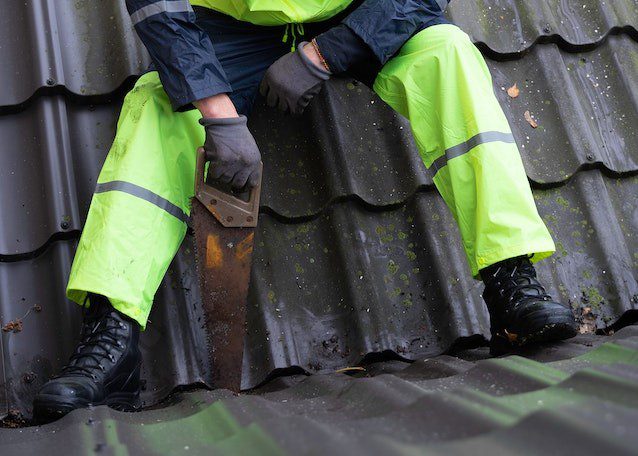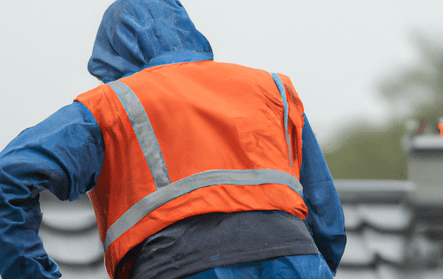
Roof repairs are an important aspect of home maintenance, as the roof is responsible for protecting your home from the elements.
However, sometimes unexpected storms can catch us off guard, and we may find ourselves in the midst of a rainy day when roof repairs are necessary. Homeowners should strongly avoid attempting emergency repairs in the rain unless they have significant experience in construction and are comfortable with taking on the associated risks.
With a focus on information and quality service, Brix Systems handles all aspects of roofing, from new installations to repairs. This article will go over the reasons why it is not a good idea to perform roof repairs when it is raining, as well as the rare cases where it might be.
The short answer is that it is generally not advisable to do roof repairs in the rain. Why is this the case?
The combination of wet conditions and being up high on a roof can be dangerous, and it is difficult to work effectively when trying to avoid getting soaked. In addition, attempting to repair a roof while it is actively raining can cause further damage to the roof and potentially create more problems down the line.
However, there are some exceptions to this rule, and in certain circumstances, it may be necessary to do roof repairs in the rain. First, let's go over why you shouldn't do roof repairs in the rain in the first place.

There are several reasons why it is generally best to avoid doing roof repairs in the rain. The first and most obvious reason is safety. Working on a roof is already a potentially dangerous task, and adding wet and slippery conditions to the mix only increases the risk of accidents. It is much easier to lose your footing on a wet roof, and falls from a roof can be serious or even deadly.
In addition to the safety concerns, it is also more difficult to work effectively when it is raining. Water can make it harder to see, as well as make it difficult to handle tools and materials. This can lead to mistakes being made, which can compromise the quality of the repair and potentially create additional problems down the line.
Finally, attempting to repair a roof while it is actively raining can actually cause further damage to the roof. If the roof is already leaking, adding more water to the mix can make the problem worse. In addition, wet conditions can make it more difficult to properly seal the repair, which can lead to ongoing leaks and further damage to the roof and the rest of the house.
Despite the general recommendation to avoid doing roof repairs in the rain, there are some circumstances in which it may be necessary.
To help you decide on whether it is worth risking, here are some factors that can help you decide.

While it is generally best to avoid doing roof repairs in the rain, there may be circumstances in which it is necessary. If you do need to make a repair in wet conditions, be sure to prioritize safety and take steps to protect yourself and your home.
With careful planning and the right precautions, it is possible to safely and effectively complete roof repairs in the rain. You should consider some of these factors when deciding on whether to proceed with roof repairs in the rain.
If the damage is minor and only affects a small area, it may be possible to perform temporary repairs or patches to stop the water infiltration until the weather improves.
However, if the damage is more extensive or the roof is leaking in multiple areas, it may be necessary to wait until the rain stops to properly assess the situation and make more comprehensive repairs.
Some roofing materials, such as metal or asphalt shingles, may be more resistant to water infiltration than others, such as wood shakes or clay tiles. Additionally, some roofing materials may be more difficult to work with in wet conditions, such as asphalt shingles that can become slippery when wet.
If the leak is small and only affects a small area, it may be possible to make temporary repairs or patches to stop the water infiltration until the weather improves. However, if the leak is large or the water is entering the building through multiple points, it may be necessary to wait until the rain stops to properly assess the situation and make more comprehensive repairs.
If you need to make repairs in the rain, it is important to take steps to protect the home's interior from water damage. This may include using tarps or other protective coverings to block the entry of water and moving valuable or sensitive items to a safe location.
For example, if you have a roof leak that is shedding water directly onto large home appliances, then cover these appliances with some painter's plastic and unplug them safely (switch the breaker switch off before unplugging an appliance to mitigate electrical shocks). The last thing you would want is a roof leak and having to repair one of your home's appliances!
Working on a wet and slippery roof can be dangerous, especially if the repair crew is not equipped with proper safety gear and equipment. It may be necessary to postpone the repairs until the weather improves and the roof is dry and safe to work on.
If you or the repair crew have access to tarps, plastic sheeting, or other coverings to protect the repair area, it may be possible to proceed with the repairs even in wet conditions. However, if these materials are not available or if the water infiltration is too extensive, it may be necessary to wait until the weather improves.

If you find yourself in a situation where you need to do roof repairs in the rain, there are a few steps to ensure that the repair is completed safely and effectively. Here are some tips to keep in mind:
If it is determined that it is possible to proceed with roof repairs in the rain, there are several techniques that can be used to minimize water infiltration and protect the repair area.
This may involve applying a sealant or adhesive to the affected area or installing a temporary patch such as a piece of metal or plastic sheeting. These types of temporary repairs should be considered as a stopgap measure and not a permanent solution, as they may not hold up over time or in severe weather conditions.
Tarps and plastic sheeting can be used to cover the affected area and divert the water away from the repair site, allowing the repair crew to work in a dry and safe environment. It is important to secure the coverings firmly to prevent them from being blown away by the wind or pulled off by the weight of the water.
These techniques involve applying a waterproofing material or membrane to the affected area to prevent water infiltration.
There are a variety of waterproofing products available on the market, including liquid-applied membranes, self-adhesive membranes, and rubberized coatings. It is important to choose a product that is compatible with the roofing material and the weather conditions and to follow the manufacturer's instructions for application.
For example, a heat gun can be used to dry and melt roofing materials, such as asphalt shingles or tar, to make them more pliable and easier to work with in wet conditions.
Similarly, specialized waterproofing membranes, such as those made from synthetic rubber or polyurethane, can be used to provide an additional layer of protection against water infiltration. These types of materials and equipment may require additional training or expertise to use properly, so it may be necessary to hire a professional contractor or waterproofing specialist to perform the repairs.
If the damage is too extensive or the conditions are too hazardous to perform roof repairs in the rain, there are alternative options for addressing the issue.
This may involve installing temporary patches or coverings to stop the water infiltration and prevent further damage and then scheduling the repairs for a later date when the roof is dry and safe to work on.
These companies specialize in addressing water infiltration issues and have the expertise and equipment to perform the repairs in wet conditions. While this option may be more expensive than performing the repairs oneself, it can provide peace of mind and ensure that the repairs are done correctly and will last over time.
This can help to reduce the likelihood of future water infiltration and the need for repairs in wet conditions. This may involve installing gutter guards to prevent debris from clogging the gutters, adding roof ventilation to reduce the buildup of moisture, or performing regular maintenance and inspections to identify and address any potential issues before they become more serious.
If your roof is leaking, fixing the problem quickly might save you money and time in the long run. There are a few options for addressing a roof leak, depending on the severity of the issue and your level of expertise.
You can either call a roofing company or a waterproofing company. These professionals have the knowledge, skills, and equipment to identify the source of the leak and make the necessary repairs.
They can also assess the overall condition of your roof and recommend any additional repairs or maintenance that may be needed. These companies specialize in addressing water infiltration issues and have the expertise and equipment to perform the repairs in wet conditions.
Is there water leaking into your house? Is the impending storm something you're worried about? Don't worry; we've got a plan of action. No need to panic about the impending storm if you call Brix Systems to perform any necessary roofing maintenance or repairs.